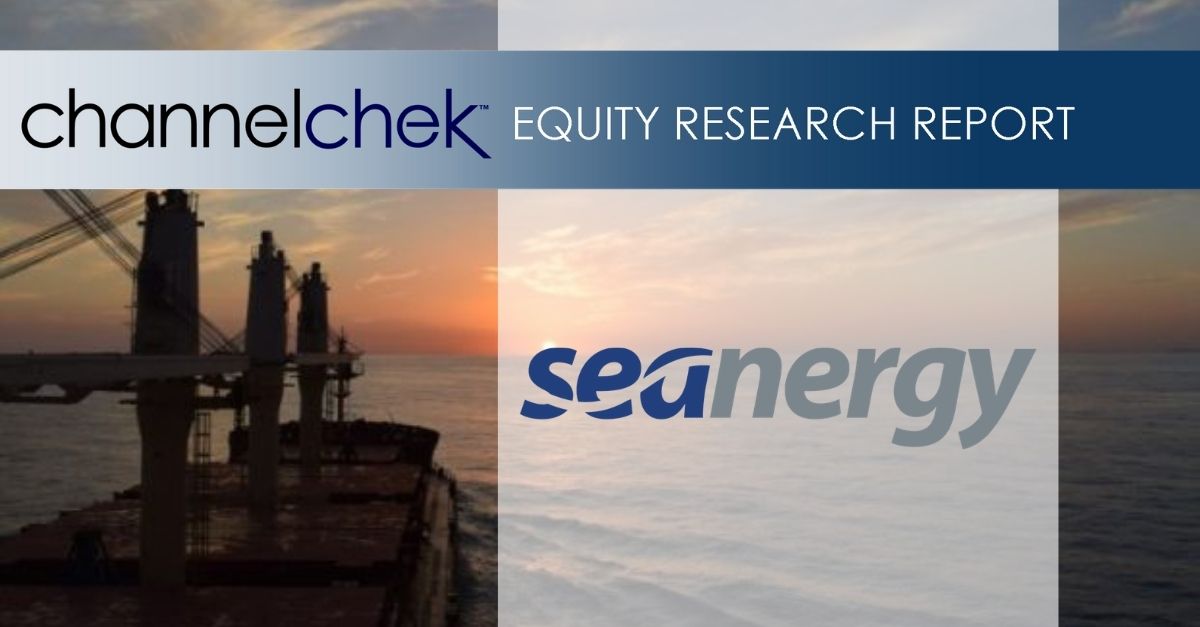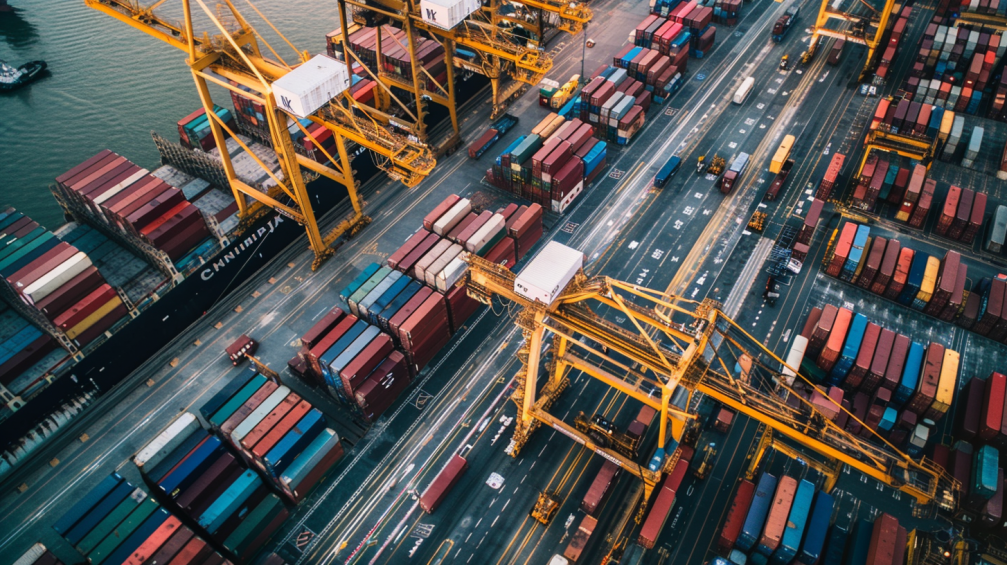
Thursday, October 02, 2025
Seanergy Maritime Holdings Corp. is a prominent pure-play Capesize shipping company listed in the U.S. capital markets. Seanergy provides marine dry bulk transportation services through a modern fleet of Capesize vessels. The Company’s operating fleet consists of 18 vessels (1 Newcastlemax and 17 Capesize) with an average age of approximately 13.4 years and an aggregate cargo carrying capacity of approximately 3,236,212 dwt. Upon completion of the delivery of the previously announced Capesize vessel acquisition, the Company’s operating fleet will consist of 19 vessels (1 Newcastlemax and 18 Capesize) with an aggregate cargo carrying capacity of approximately 3,417,608 dwt. The Company is incorporated in the Marshall Islands and has executive offices in Glyfada, Greece. The Company’s common shares trade on the Nasdaq Capital Market under the symbol “SHIP”.
Mark Reichman, Managing Director, Equity Research Analyst, Natural Resources, Noble Capital Markets, Inc.
Hans Baldau, Associate Analyst, Noble Capital Markets, Inc.
Refer to the full report for the price target, fundamental analysis, and rating.
Sale of M/V Geniuship. Seanergy announced the sale of the M/V Geniuship, a 170,057 dwt Capesize vessel, for approximately $21.6 million, generating net cash proceeds of $12.0 million and a profit of about $2.5 million. The sale was timed to take advantage of improved vessel valuations while avoiding the costs of the vessel’s scheduled dry-docking. The transaction enhances liquidity, improves near-term earnings, and aligns with the company’s ongoing fleet renewal strategy.
Capesize market gains momentum. The Capesize market has strengthened in recent months, supported by iron ore and bauxite projects in the Atlantic basin and West Africa, while volatility due to tariffs has moderated. The orderbook remains limited, with shipyard slots not available until 2029. Rising vessel values, together with higher construction costs, have further restricted orders. Overall, we expect market conditions to remain favorable, with 2026 showing improvement over 2025.
Get the Full Report
Equity Research is available at no cost to Registered users of Channelchek. Not a Member? Click ‘Join’ to join the Channelchek Community. There is no cost to register, and we never collect credit card information.
This Company Sponsored Research is provided by Noble Capital Markets, Inc., a FINRA and S.E.C. registered broker-dealer (B/D).
*Analyst certification and important disclosures included in the full report. NOTE: investment decisions should not be based upon the content of this research summary. Proper due diligence is required before making any investment decision.


